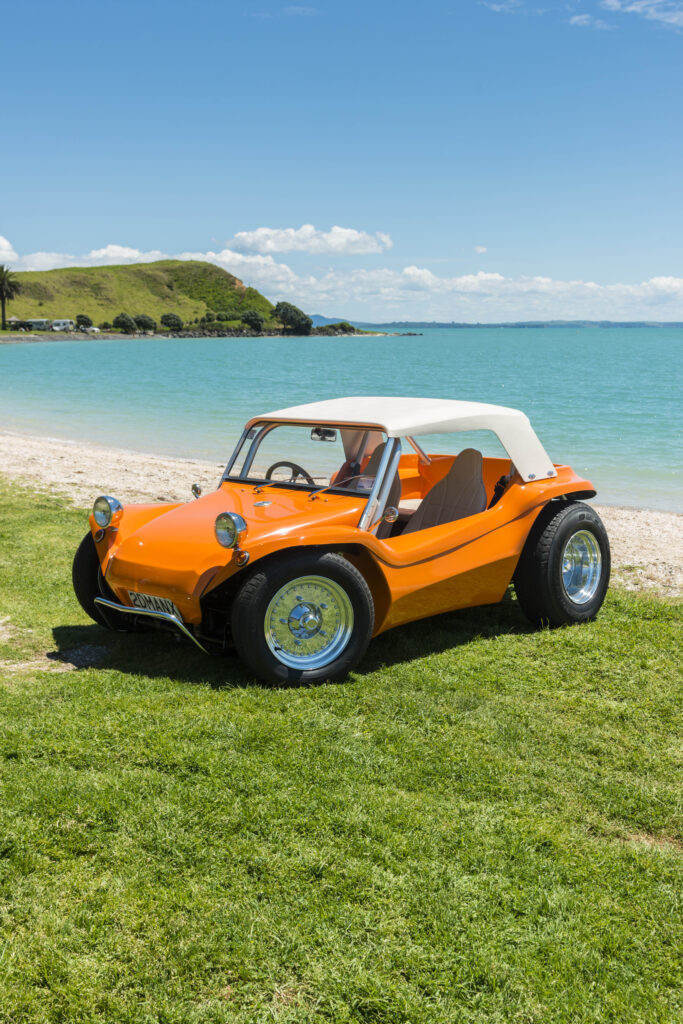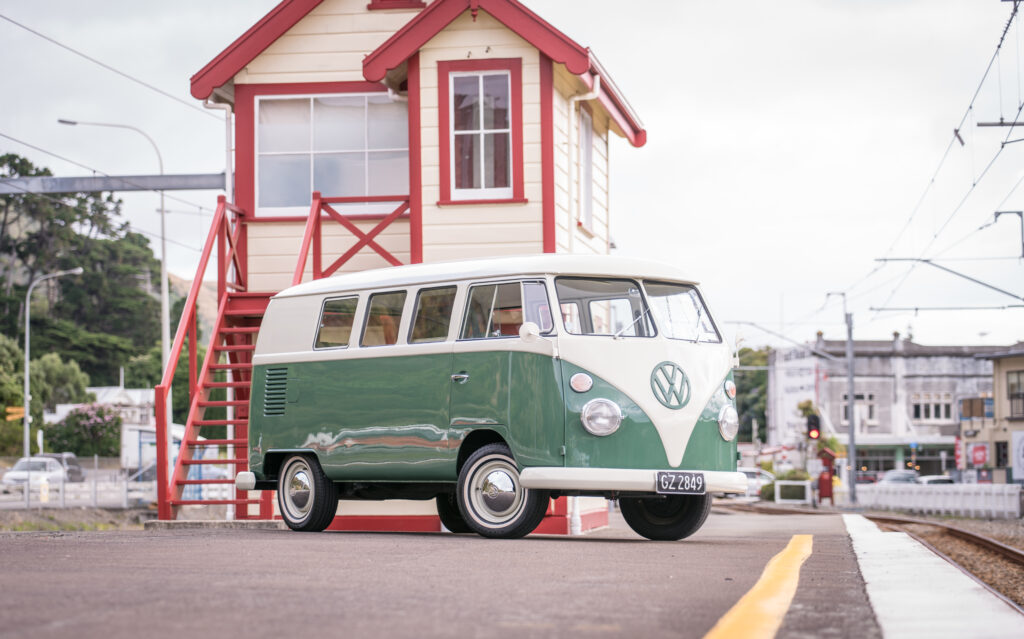
The essence of fun
The dak-dak-dak of the beach buggy’s air-cooled engine spreads head-turning smiles wherever it goes. It has a timeless appeal but it also comes laden with more than a hint of nostalgia for the golden summers of youth, before ice creams — and suntans for that matter — became a guilty pleasure.
The boom time for the beach buggy was the 1960s. They were invented then but volume manufacture screeched to a halt in the 1970s. New car legislation in the US outlawed things like open wheels and exposed engines, but the owner of this classic example, Rob Schrickel, says small-scale manufacture has bubbled along happily ever since.
“They never really went away,” he says.

